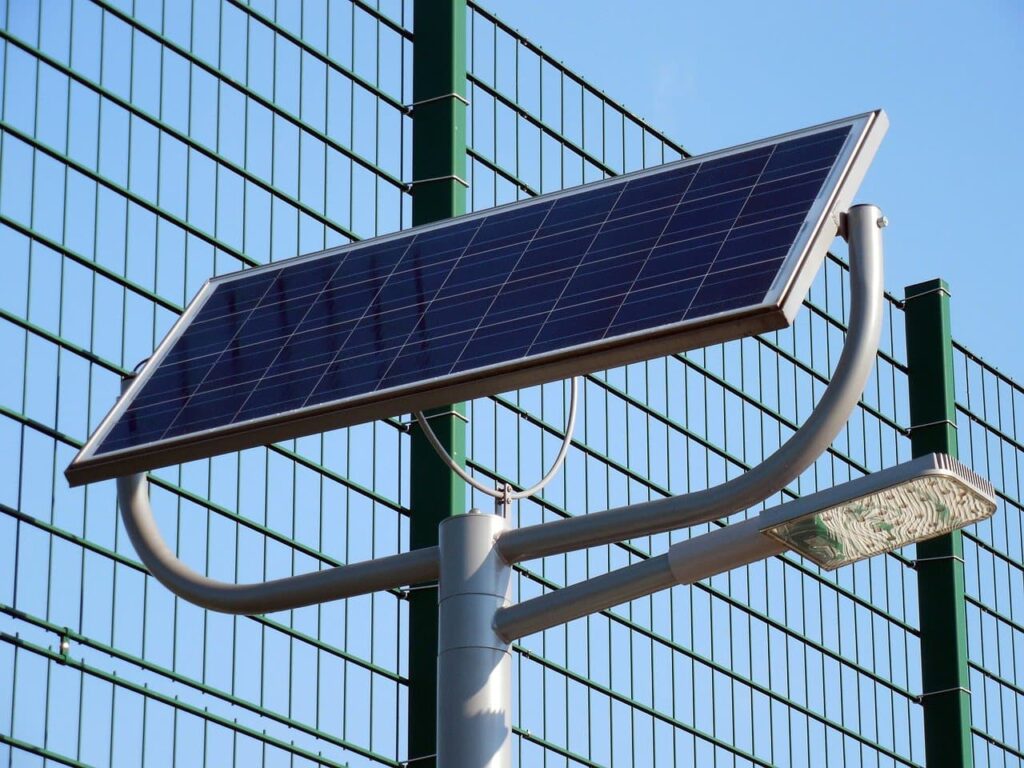
Deposition is the transformation of a gas into a solid. It is a thermodynamic process; it originates when certain properties (such as temperature and pressure) vary, and the system passes from an initial state of equilibrium to a final one. For instance, anti-reflective coatings, solar cells, and snow.
The reverse process of deposition is sublimation, the direct change from the solid state to the gaseous state without first passing through the liquid state. This is why deposition is also called reverse sublimation.
Since the deposition process releases energy, it is an exothermic phase (state) change.
There are various deposition processes, some natural (manifested spontaneously in nature) and others deliberately carried out through technological processes that allow the creation of objects from pure substances or using a solid product to coat different objects.
Examples of deposition
- Chemical vapor deposition. It is a chemical process that results in products of high purity and performance.
- Physical vapor deposition. A vacuum coating technique allows a thin material layer to be deposited on an object.
- Electrical conduction. Metallic films, transparent conductive oxides, superconducting films, and coatings are created through chemical deposition.
- Anti-reflective. Magnesium fluoride deposition is used on optical lenses to achieve anti-reflective effects.
- Solar cells. The deposition of a film is done through chemical deposition.
- Electric connections. Metal deposition is used to cover electrical connections in integrated circuits.
- Synthetic diamonds. They are produced from gaseous carbon atoms, through chemical deposition.
- Silicon dioxide. From silane with oxygen, dichlorosilane, and nitrous oxide, silicon vapors can be deposited using chemical deposition.
- Semiconductor devices. Semiconductor films and electrically insulating films are applied through chemical deposition.
- Frost. In frozen air, water vapor changes directly to ice, without first becoming a liquid.
- Tools. Titanium nitride deposition is used to prevent tool wear.
- Energy conservation and generation. Low-emissivity coatings, solar absorption coatings, mirrors, glass, thin film photovoltaic solar cells, and smart films are applied through chemical deposition.
- Acid rain. Various industries release nitrogen and sulfur oxide residues into the atmosphere, converting them into nitric and sulfuric acid. These substances fall as solid particles to the ground (dry deposition) or with rain or snow. Acid rain has disastrous effects on different ecosystems, both aquatic and terrestrial, in addition to increasing the corrosion of buildings.
- Snow. In frozen air, water vapor changes directly to ice, without turning into a liquid.
- Silicon nitride. It becomes solid from silicon and ammonia, through chemical deposition.
- Magnetic films. They are applied through chemical deposition.
- Optical films. Anti-reflective coatings and optical filters can be applied on various optical products (photography, filming, vision) through chemical deposition.
- Tribological coating. Hard coatings, erosion resistant coatings, and lubricating films are created through chemical deposition.
- Reflective coatings. Mirrors and hot mirrors can be manufactured through chemical deposition.
- Protective coatings. Ceramic and metallic thin films are deposited on medical implants through chemical vapor deposition to improve biocompatibility and wear resistance.
